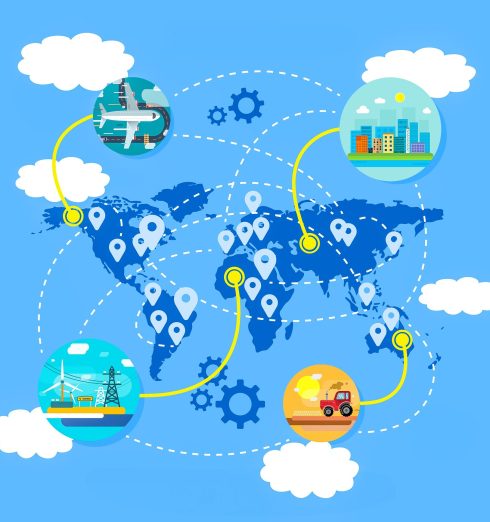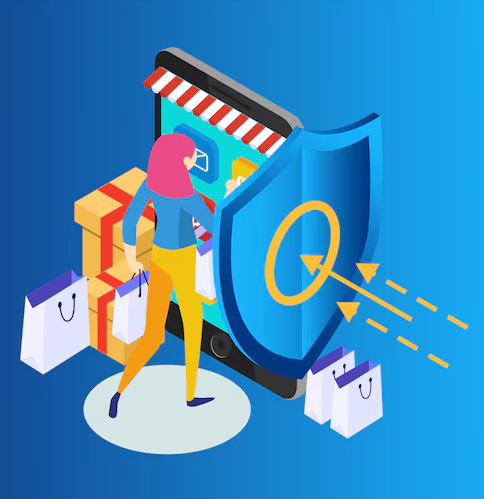Jun 06, 2024 .
By admin
How to Scale Your Digital Product from MVP to Enterprise-Grade Platform
”From concept to capability what it really takes to grow your SaaS product into a scalable, enterprise-ready platform“
The MVP is Just the Beginning
Launching a Minimum Viable Product (MVP) is a major milestone but it’s only the start of the real journey.
For many startups and product-led businesses, the next big challenge is scaling that MVP into a robust, enterprise-grade platform that can support thousands (or millions) of users, integrate with complex systems, and deliver consistent performance, security, and growth.
Scaling isn’t just about adding features. It’s about strategic thinking, solid architecture, and operational readiness.

Key Challenges Startups Face When Scaling
- Fragile MVP Codebase: Quick MVPs often sacrifice scalability for speed.
- Tech Stack Limitations: Choices made early can slow future iterations.
- Lack of Modular Architecture: Tight coupling makes growth expensive and risky.
- Infrastructure Strain: Manual deployments and single-server setups don’t scale.
- User Experience Flaws: Performance issues surface under real-world load.
- Security Gaps:Compliance and data handling become critical with growth.
- Operational Bottlenecks: Customer support, billing, and analytics need scaling too.
Phase-by-Phase Strategy for Scaling MVP to Enterprise
Re-Architect for Scale
Move from monolith to modular/microservices architecture. Define clear service boundaries to allow
independent scaling and development. Design APIs with extensibility in mind.
Choose the Right Cloud Setup
Set up auto-scaling infrastructure on AWS, Azure, or GCP. Adopt containerization (e.g., Docker,
Kubernetes) to manage environments and optimize resource usage.
Implement DevOps from the Start
CI/CD pipelines, version control, automated testing, and rollback strategies ensure stable releases and
reduce tech debt as the team grows.
Strengthen Product Engineering
Introduce backlog prioritization, quality assurance processes, and product thinking. Refactor frequently
used code and optimize database queries.
Build for Global Performance
Implement CDNs, edge caching, and load balancers. Plan multi-region support if you’re targeting international markets.
Enterprise-Grade Security & Compliance
Add encryption protocols, API throttling, identity management (OAuth, SSO), and prepare for audits like GDPR, HIPAA, or SOC 2.
Design for Integration
Enterprise clients expect interoperability. Build connectors and APIs that integrate with popular CRMs,
ERPs, and analytics tools.
Prepare Support & Ops Teams
Train your teams in customer support workflows, monitoring tools (like Datadog or New Relic), and issue tracking for growing user bases.


Real-World Example
A team communication tool started as an internal tool in company and scaled into an enterprise-grade communication platform by:
- Rebuilding their backend to handle multi-tenant support.
- Offering deep integrations (Google Workspace, Salesforce, etc.).
- Rolling out enterprise security features like SSO and data loss prevention.
- Creating admin dashboards for enterprise IT teams.
Their growth was less about adding chat features, and more about becoming infrastructure-ready, scalable, and integratable for large teams.
When to Consider a Partner
At some point, scaling requires support beyond the internal team. This is where strategic product
engineering and digital transformation partners come in helping with:
- Architecture audits
- Cloud infrastructure setup
- API standardization
- Performance and security improvements
- Go-to-market scaling support
Final Thoughts
Scaling your MVP to an enterprise-grade platform requires more than code. it requires foresight, systems
thinking, and operational excellence. The leap from MVP to maturity is where many startups stall but with
the right approach, it’s also where the biggest business wins begin.
